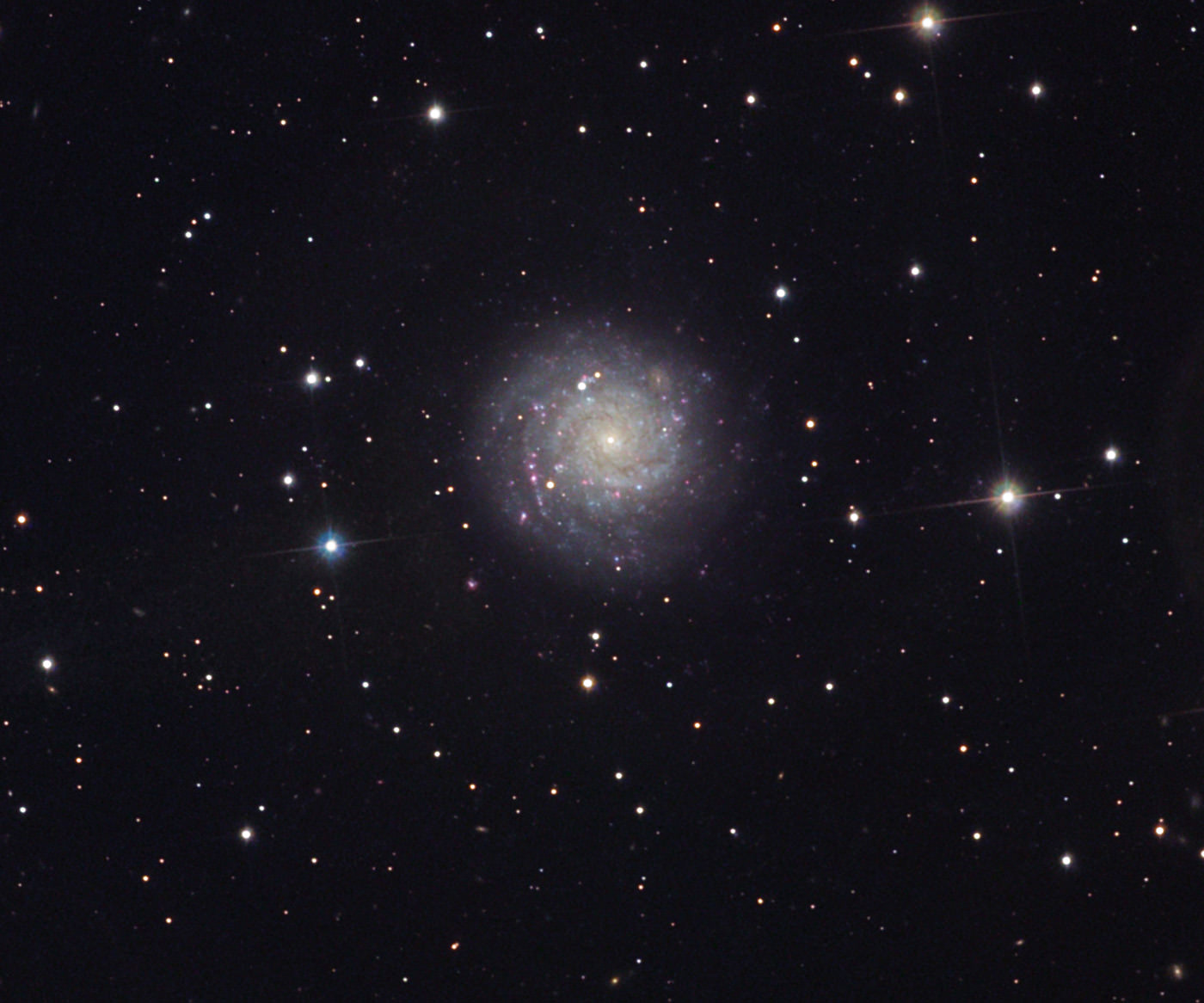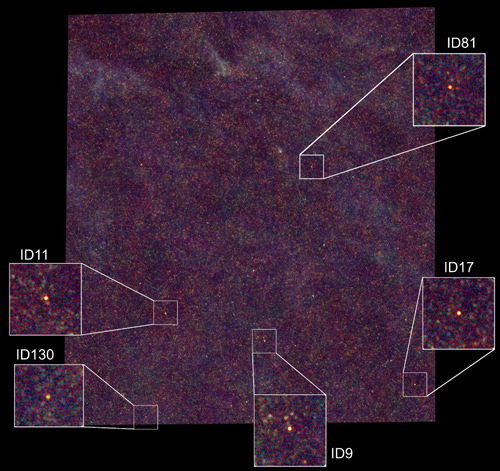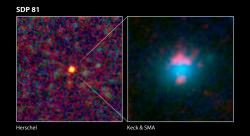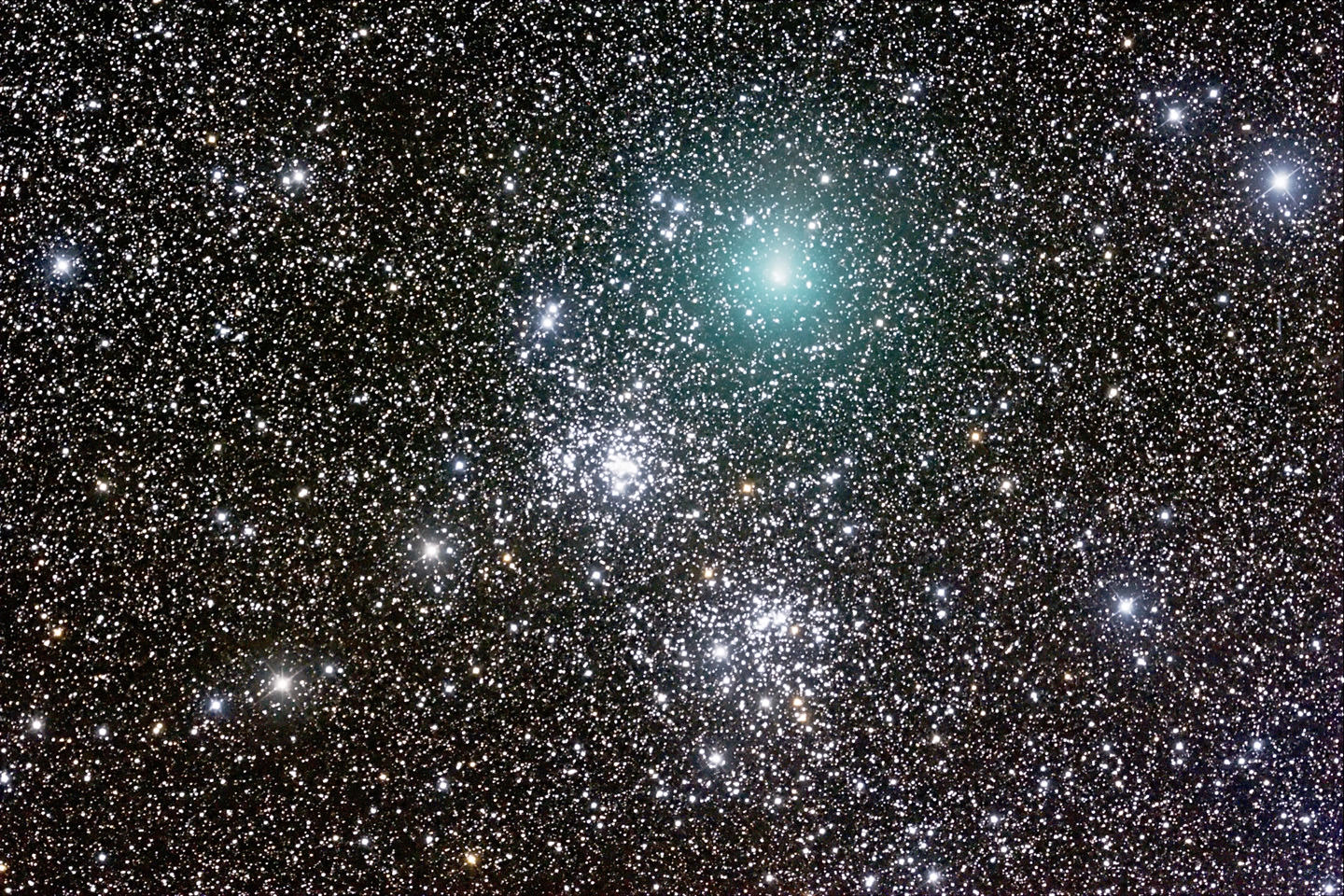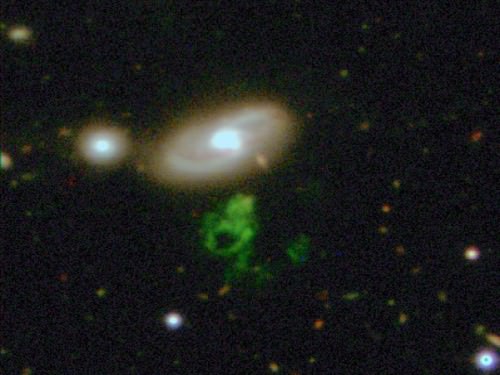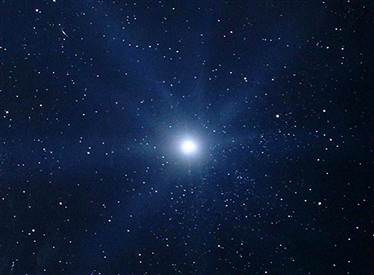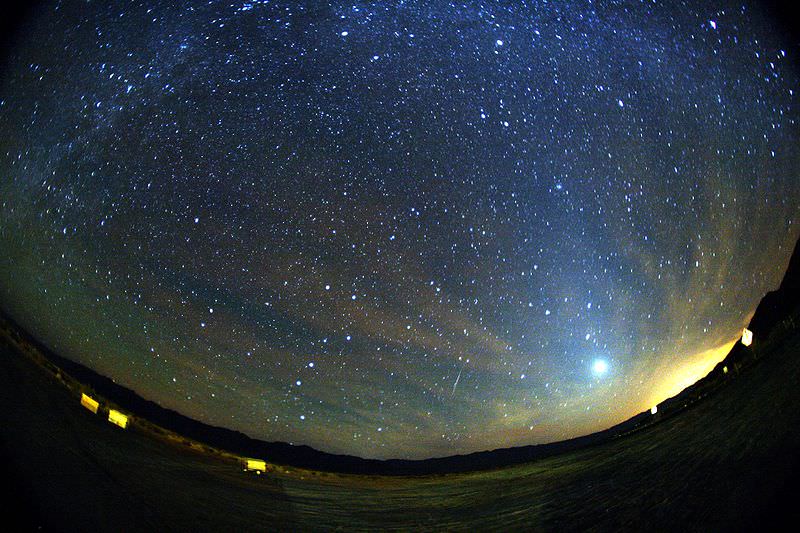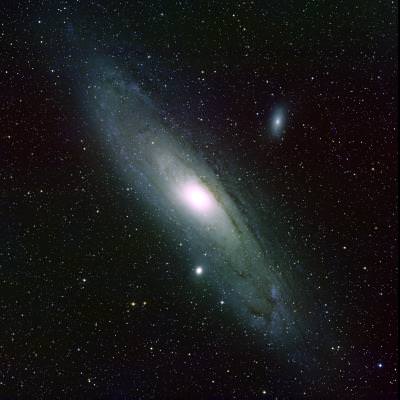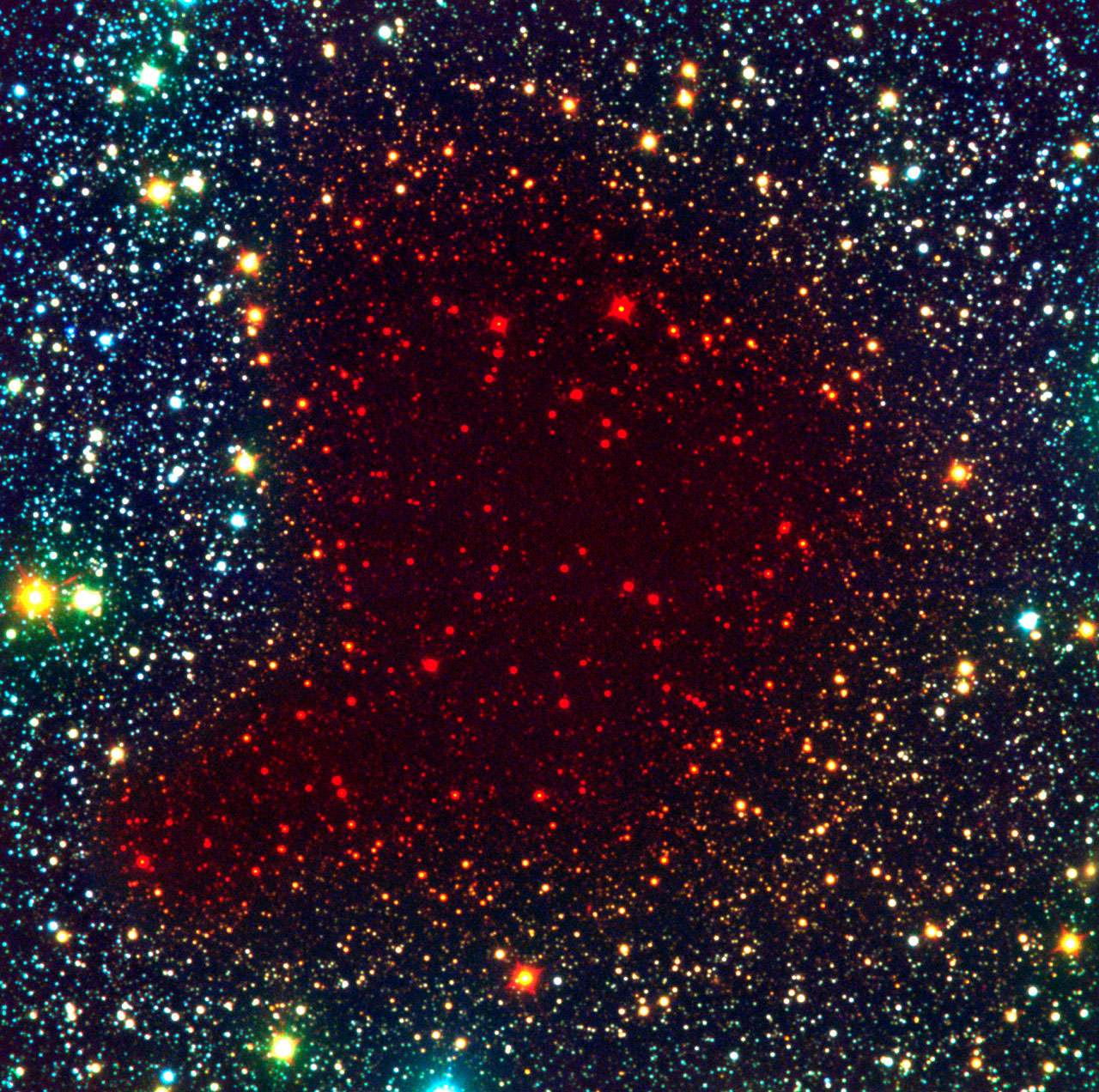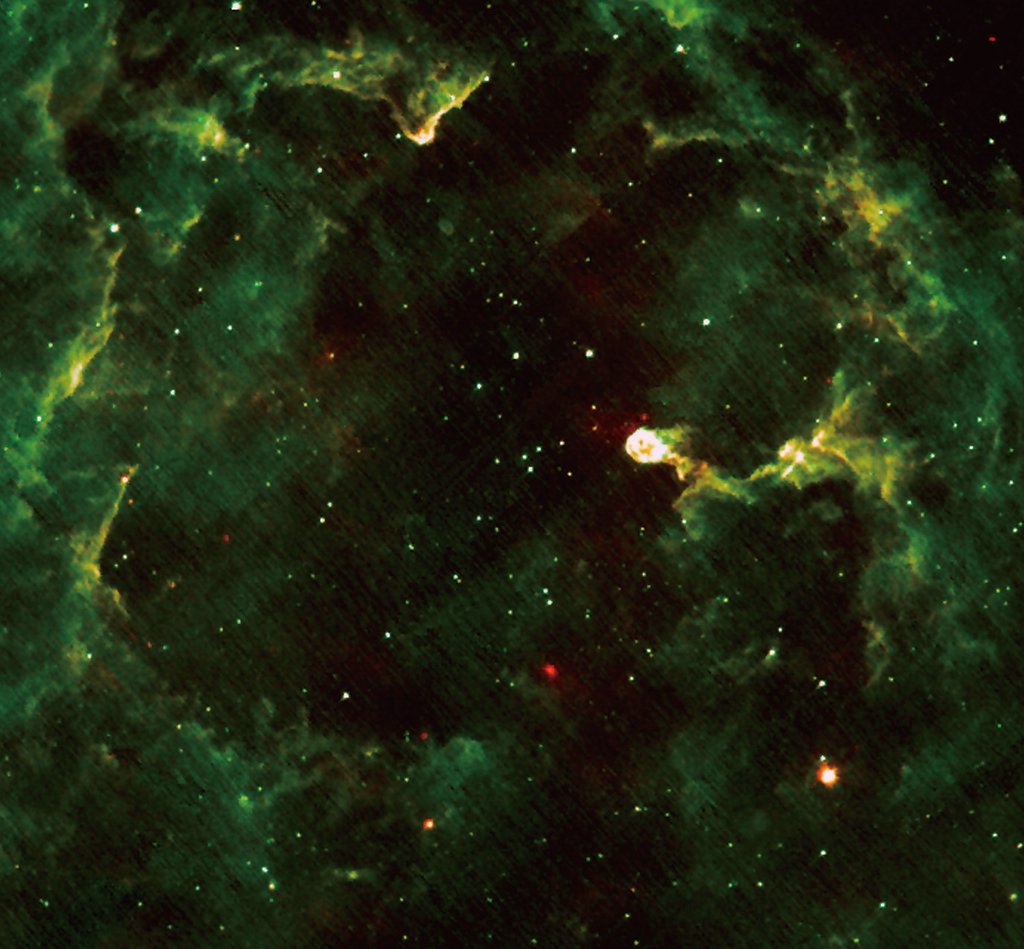[/caption]
Up there in the sky! It’s a supernova! It’s a Luminous Blue Variable eruption! It’s…. well, we’re not sure….
In July of 1961, a star in the spiral galaxy NGC 1058 blew up, but in a very odd fashion. The time to reach its peak brightness was several months as well as a slow decline including a three year plateau. Narrow spectral lines revealed a slow expansion velocity of 2,000 km sec-1. Some proposed it was an unusual supernova. Others claimed it was an especially energetic eruption of a Luminous Blue Variable (LBV) star like Eta Carinae. The infamous Fritz Zwicky called it a “Type V Supernova” which meant a supernova in name only, but could be anything as it was simply an “impostor”. For nearly 50 years, astronomers have been trying to sort out what this supernova impostor truly was.
One front on which much of the effort has focused is on the nature of the star before the explosion. The host galaxy is a beautiful face on spiral galaxy and was a tempting target for many observations well before the eruption. This has allowed astronomers to use archival images to determine properties of the parent star. And what a whopper it was. The star had an absolute magnitude near -12! Even Eta Carinae, one of the most massive stars currently known, only has an absolute magnitude of around -5.5. This extreme luminosity led astronomers towards early estimates for its mass to be as much as a staggering 2,000 M☉! While this is certainly incorrect, it still reveals just how massive SN 1961V’s progenitor truly was. Most estimates now put it in the range of 100 – 200 M☉.
A key difference between a supernova and an eruption is the remnant. In the case of a supernova, it is expected that the result would be a neutron star or black hole. If the object were an eruption, even a large one, the star would remain intact. In this vein, many astronomers have also attempted to inspect the remnant. However, due to the shell of gas and dust created in either scenario, imaging the objects has proven to be a challenge. While prior to the event, the culprit stuck out like a sore thumb, the remnant is lost in a haze of other stars.
Numerous telescopes have been aimed at the region to attempt to ferret out the leftovers including the powerful Hubble, but many attempts have remained inconclusive. Recently, the Spitzer Space telescope was employed to study the region, and although not intended for studying individual stars, its infrared vision can allow it to pierce the veil of dust and potentially find the source responsible. If there is still an intense IR source, it would mean the star survived, and the supernova truly was an impostor.
This attempt at identification was recently undertaken by a team of astronomers from Ohio State University, led by Christopher Kochanek. Upon inspection, the team was unable to conclusively identify a source with sufficient intensity as to be a survivor of the SN 1961V event. As such, the team concluded that the event Zwicky defined as a “supernova impostor” was a “‘supernova impostor’ impostor”.
The team compared it to another recent supernova, SN 2005gl, which also had a supermassive progenitor and was observed prior to detonation. Previous studies of this supernova suggested that, just prior to the explosion itself, the star underwent a heavy phase of mass loss. If a similar scenario occurred in 1961V, it could explain the unusual expansion velocity. During this time, the star may quake ferociously, imitating LBV eruptions which could explain the pre-nova plateau.
While this comparison relies on a single strongly similar case, it underscores the need “that studies of SN progenitors should evolve from simple attempts to obtain a single snapshot of the star to monitoring their behavior over their final years.” Hopefully, future studies and observations will provide better theoretical simulations and the numerous large surveys will provide sufficient data on stars prior to eruption to better constrain the behavior of these monsters.

